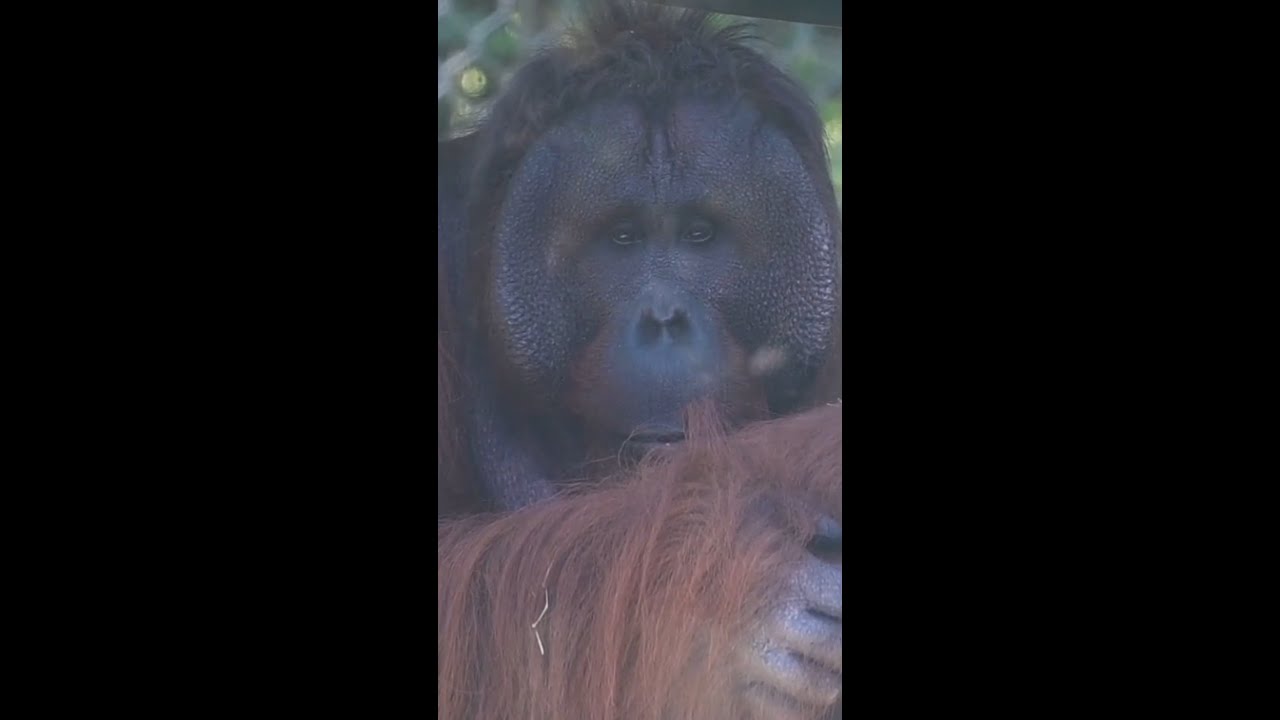– The vital role of orangutans like Isim in biodiversity and ecosystem maintenance
– Challenges facing orangutans in the wild, including habitat loss and climate change
– Strategies for orangutan conservation and the significance of zoo-based conservation efforts
– The impact of educational initiatives on wildlife conservation awareness and action
– The role of technology in monitoring and protecting orangutan populations
Orangutans serve as key species in their habitats, playing a critical role in maintaining the health and diversity of tropical forests. As gardeners of the forest, animals such as Isim the orangutan contribute to the dispersal of seeds, aiding in the regrowth of plants and trees essential for the survival of countless other species. This seed dispersal is crucial for forest regeneration, particularly in areas affected by deforestation or natural disasters. The presence of orangutans in their natural habitat indicates a healthy and thriving ecosystem, showcasing their importance in biodiversity conservation.
However, orangutans like Isim face numerous threats in the wild, with habitat loss due to deforestation and land conversion for agriculture being the most significant. Illegal wildlife trade and the impacts of climate change further exacerbate these challenges, leading to declining orangutan populations. The destruction of rainforests in Borneo and Sumatra for palm oil plantations is a pressing issue, removing the natural habitat these creatures rely on for survival. These factors severely threaten orangutan survival, necessitating immediate and effective conservation efforts.
Conservation strategies for orangutans involve a multifaceted approach, including habitat protection, anti-poaching efforts, and extensive rehabilitation programs for rescued individuals. Zoos are crucial in these conservation efforts, offering a haven for orangutans like Isim. Through breeding programs, zoos help maintain a genetically diverse population of orangutans, safeguarding the species against extinction. Moreover, zoo-based conservation projects often support in-situ conservation initiatives, providing financial and scientific resources to protect orangutans and their habitats in the wild.
Educational initiatives are pivotal in raising awareness and driving action towards orangutan conservation. Interactive exhibits and educational programs featuring orangutans like Isim engage the public, highlighting these animals’ challenges and the importance of conservation efforts. By fostering a connection between zoo visitors and wildlife, these initiatives inspire positive behavior changes and support for conservation measures. Education is a powerful tool in mobilizing community support and encouraging individual actions that contribute to wildlife preservation.
Technology also plays a significant role in the conservation of orangutans. Advances in tracking and monitoring technologies, such as satellite imaging and GPS tracking, offer valuable insights into orangutan behavior, migration patterns, and habitat use. These tools enable conservationists to make informed decisions on habitat protection, anti-poaching patrols, and the management of protected areas. Additionally, technology facilitates the global sharing of data and research findings, promoting collaboration among conservationists and enhancing efforts to protect these captivating animals.
In summary, orangutans like Isim are indispensable to their ecosystems, contributing significantly to biodiversity and the health of tropical forests. However, they face severe threats that jeopardize their survival. Through comprehensive conservation strategies, educational initiatives, and the application of modern technology, it is possible to protect these magnificent creatures and their habitats. Zoos play an integral role in these efforts, providing not just a sanctuary for orangutans but also as hubs for conservation research and public education. By supporting these endeavors, we can ensure a future where orangutans thrive in the wild, playing their vital role in the ecosystem.
*****
Source Description
This handsome guy is Isim. He is one of the six critically endangered Bornean orangutans that call the L.A. Zoo home. Male orangutans are about twice the size of females, with an arm span of over seven feet! Long arms come in handy, as orangutans spend most of their time in trees. Unfortunately, these magnificent apes are losing their habitat at an alarming rate due to the destruction of their rainforest homes for oil palm plantations. You can help orangutans by downloading Cheyenne Mountain Zoo‘s free Sustainable Palm Oil Shopping app to shop for orangutan-friendly products.
#ApeAwarenessMonth #Orangutan #Ape


